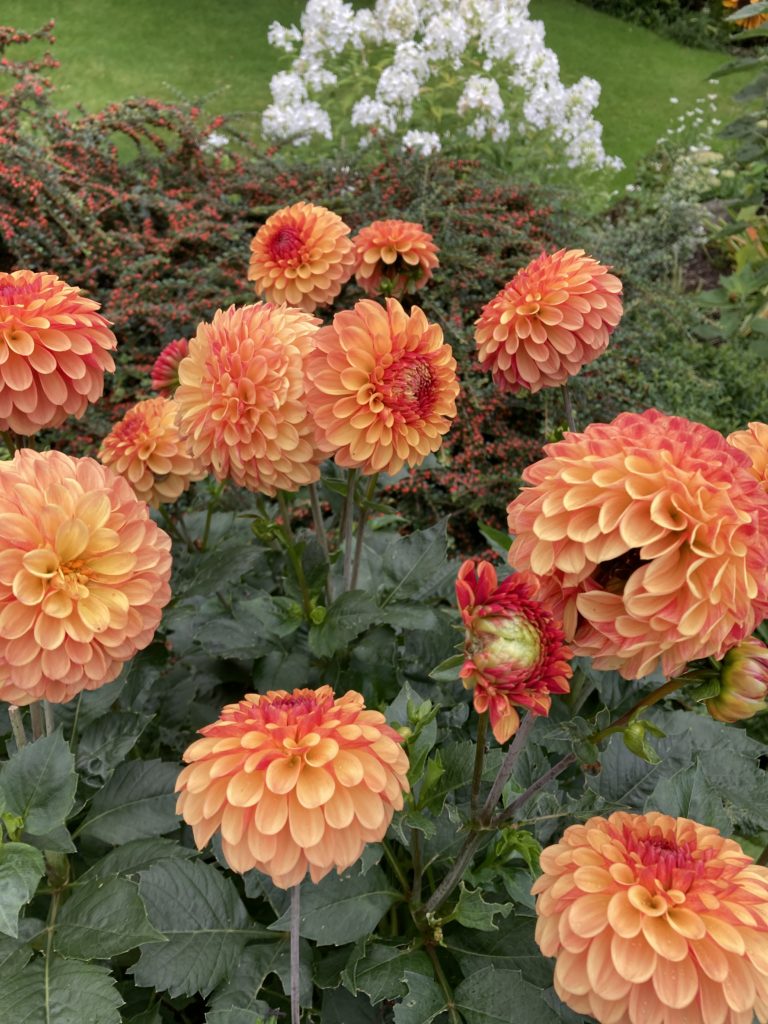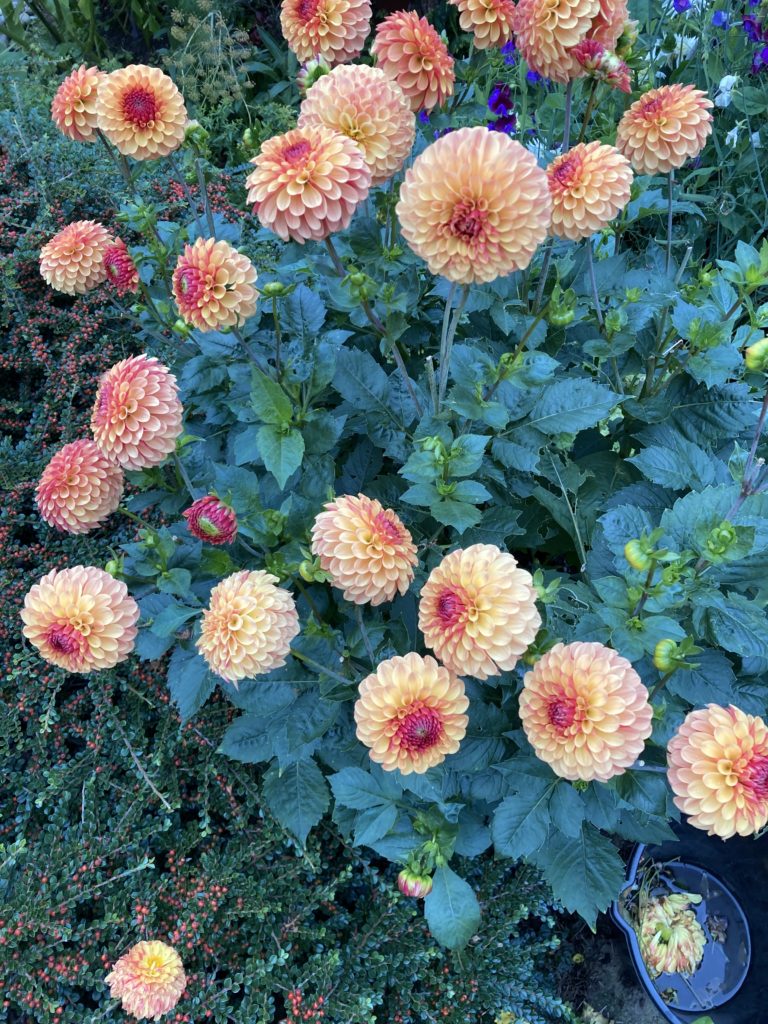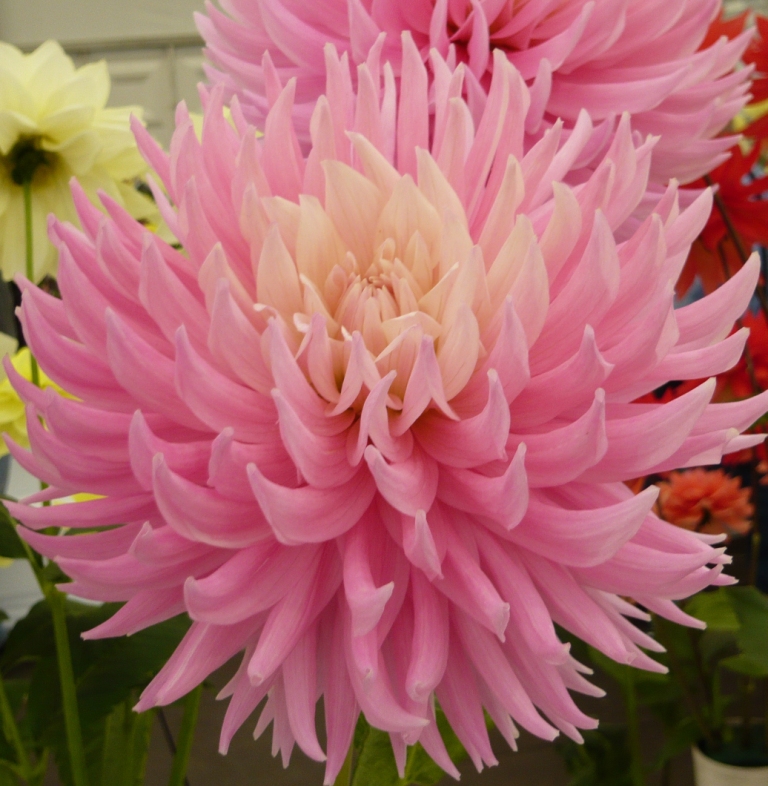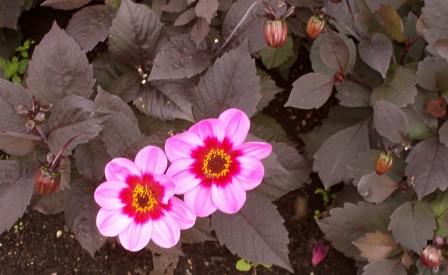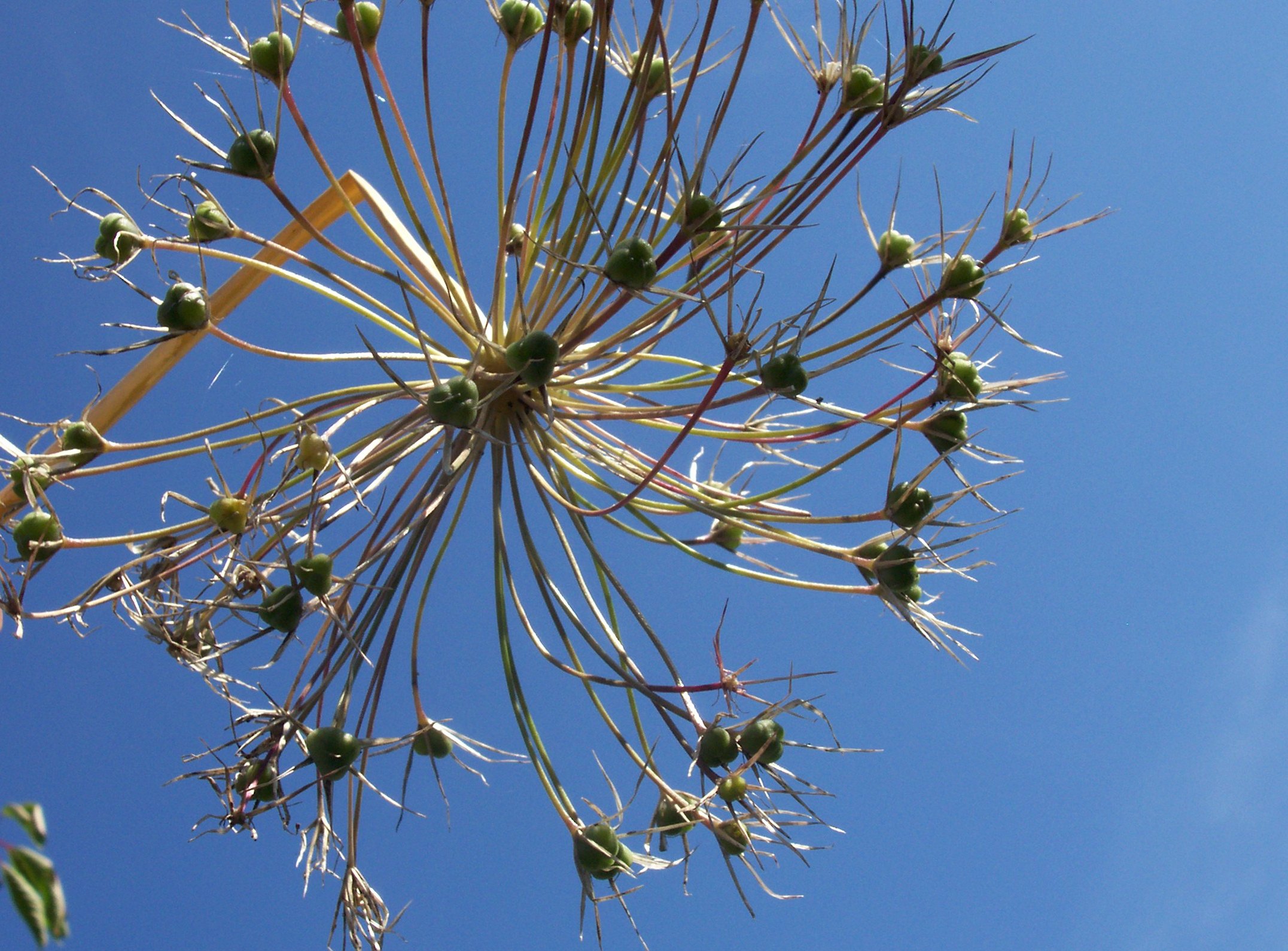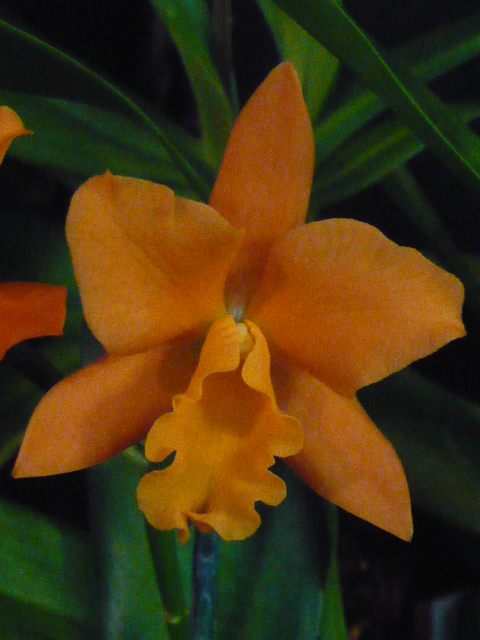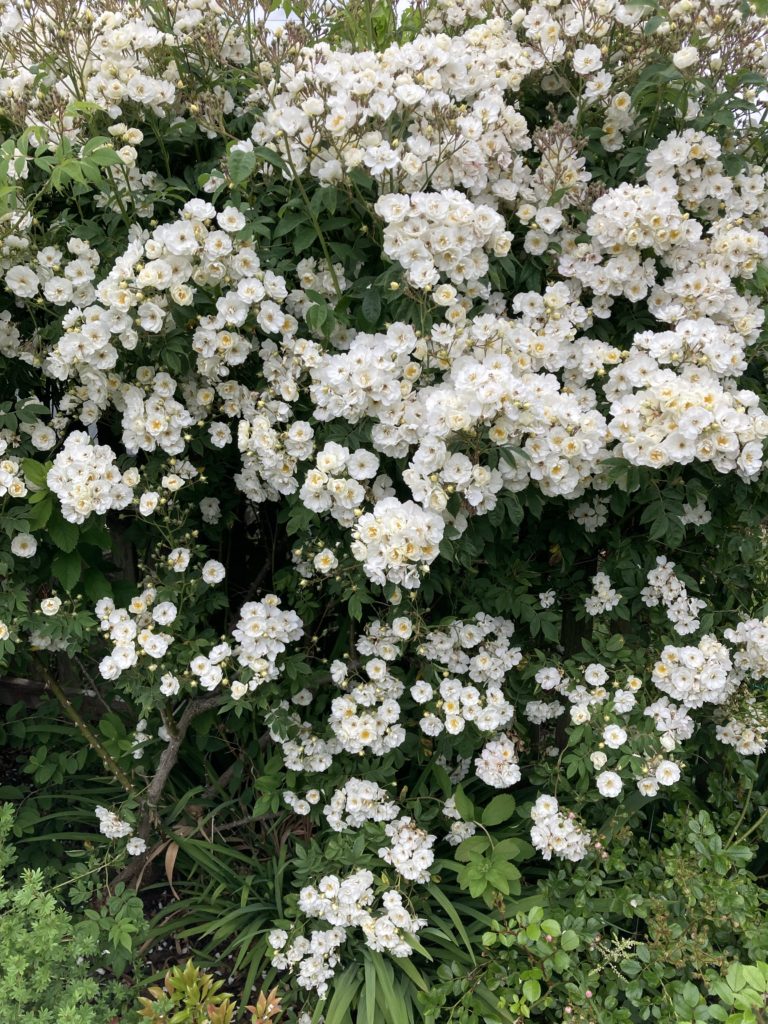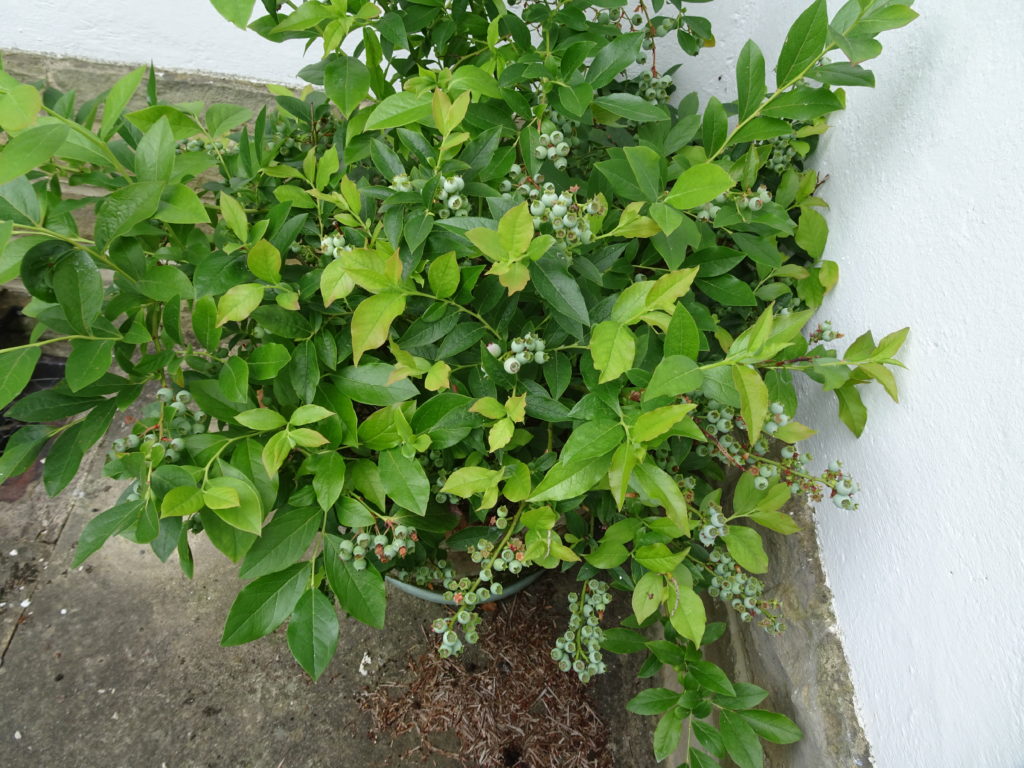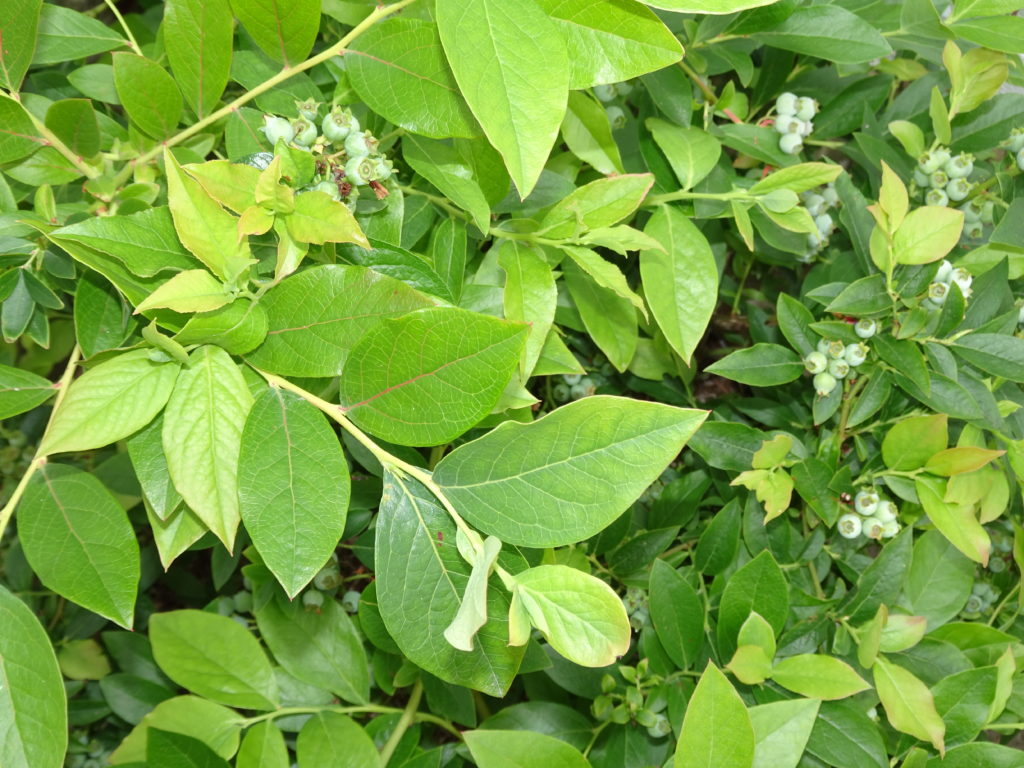Cop these 26 Gardening Tips
Cop hold of these gardeners tips designed for the upcoming Cop26 summit on the climate
- Grow and eat your own produce.
- If you have the space fruit is my favourite. It can be eaten fresh or stored, preserved, frozen or made into jam
- If you are short of space you can grow salad and bean sprouts in the kitchen on a windowsill.
- Potatoes can be ready 9 months of the year. Try a mixture of earlies, second earlies, main crop, salad potatoes and special varieties. I plant some in late summer to have new potatoes ready for Christmas.
- Green leaved veg take up space, the more the better, but root crops give a good yield even in confined space.
- If you are adventurous you can eat many berries from shrubs and hedge rows but check them out for toxicity.
- There are many alcoholic drinks you can brew at home I even have a ginger beer plant.
- Use no chemical insecticides, live and let live.
- Use no chemical fungicides, find a natural alternative
- Good husbandry helps control problems and maintain fertility
- Rotate your vegetable crops between legumes, brassicas, onion family then potato & tomatoes
- The tops of young nettles can be cooked and taste like spinach.
- There are edible flowers like nasturtiums to try as well
- Plan to store excess fruit and vegetables but be wary about lettuce and cabbage that do not keep.
- Arrange a swap system with other gardeners to share seeds, seedlings and excess produce.
- Collect rain water at every opportunity.
- Tap water isn’t free and is not as good. It is treated and pumped around.
- Water veg when they start to flower to increase the crop.
- Do not let veg get short of water as they will run to seed early and stop producing
- Don’t water lawns during a drought, they will recover.
- In a drought make some water available for birds and insects.
- Watering the leaves of peas and runner beans helps set a good crop
- Collect seed from your crops to sow for next year. You don’t need to buy new each year.
- Be frugal and conscious of the negative impact your gardening actions may create.
- Be frugal and conscious of the positive impact your gardening actions may have.
- Enjoy you gardening.

Recycling at my Garden Center
